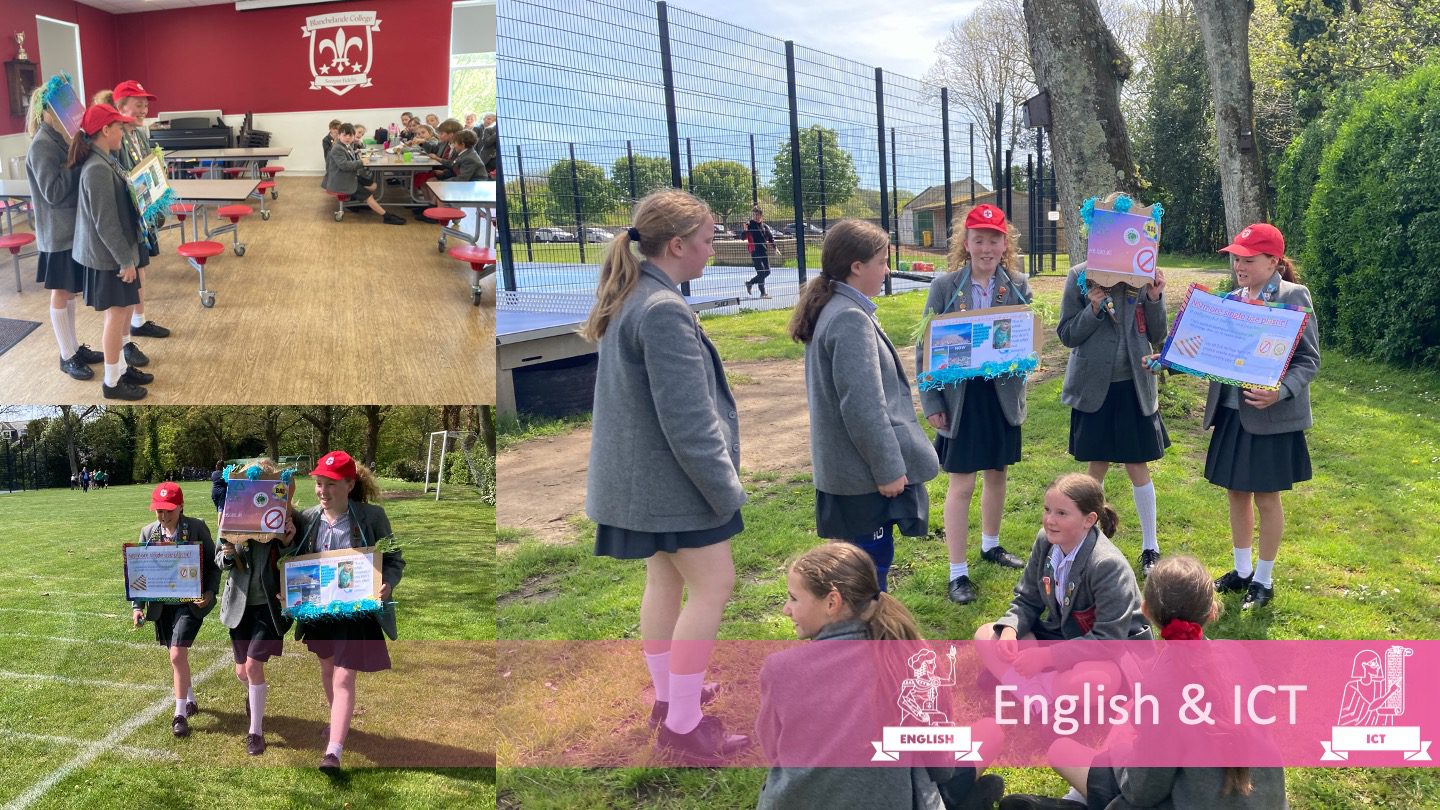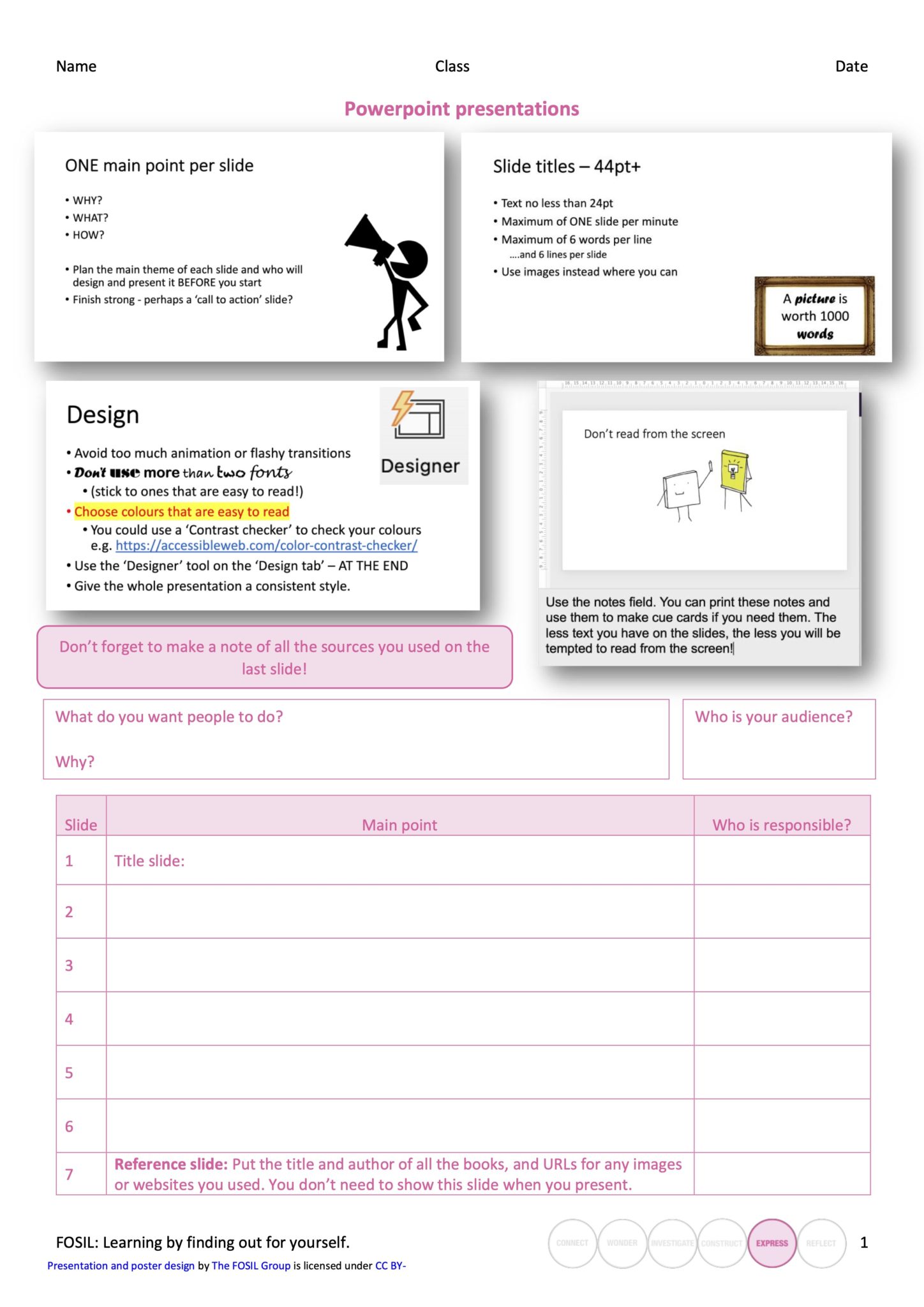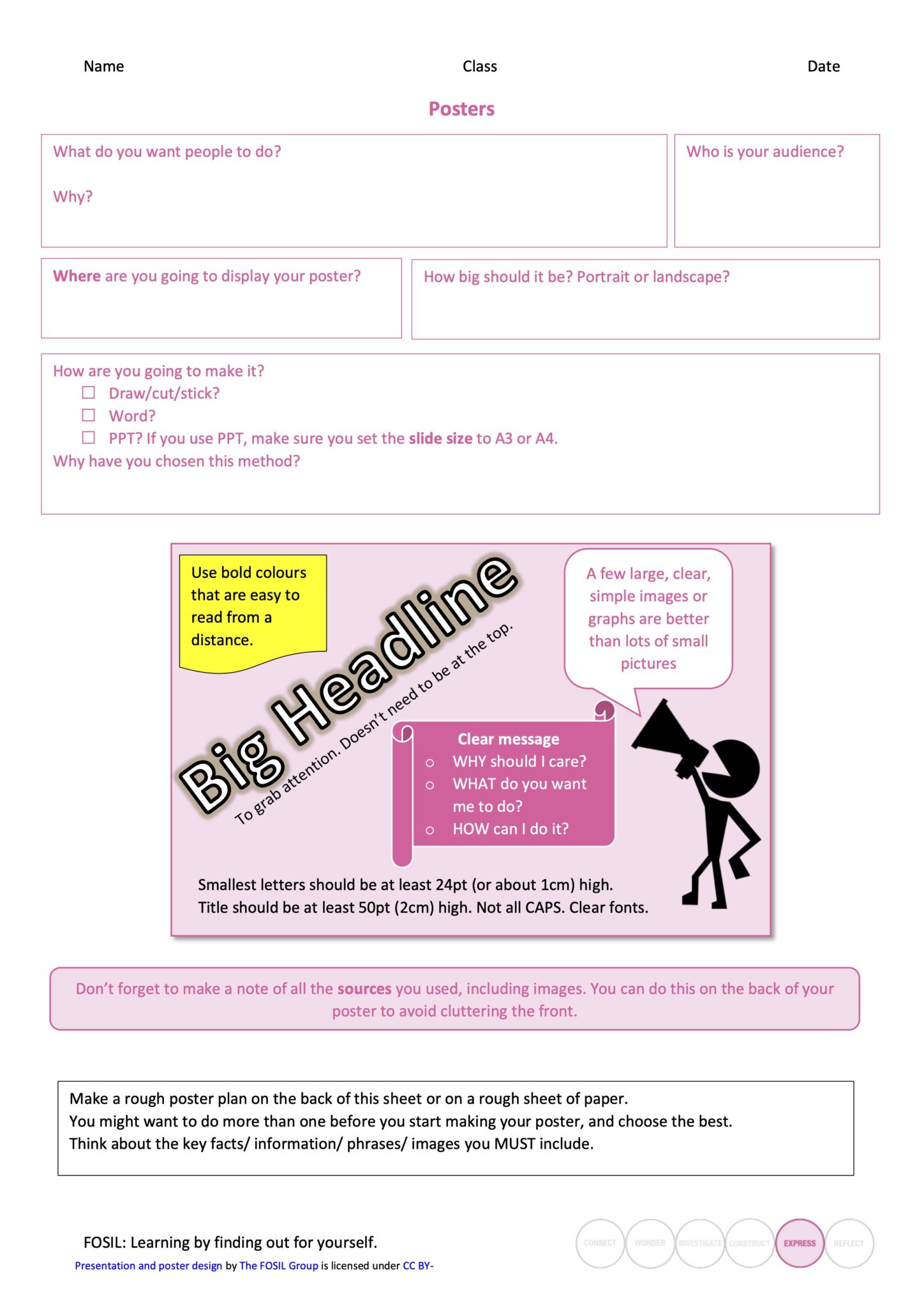Reply To: Year 6 (Grade 5) Interdisciplinary Signature Work Inquiry @ Blanchelande College
Home › Forums › Inquiry and resource design › Year 6 (Grade 5) Interdisciplinary Signature Work Inquiry @ Blanchelande College › Reply To: Year 6 (Grade 5) Interdisciplinary Signature Work Inquiry @ Blanchelande College
The Campaigns
Note that in this and following posts I will share some photos of students and examples of their work. I do have permission from their parents for this. Please do not share such images on this forum without parental permission.
The final unit of this inquiry, after the Science experiments and the water bottle covers, was for Year 6 to design and run campaigns within the school, either to reduce the use of single-use plastics or to promote the drinking of healthy amounts of water (both original aims of the inquiry, tying in with the water bottle covers). When I first proposed this unit (which wasn’t part of the original plan) it was because I was concerned that the inquiry so far had not met these CREST criteria:
1.3 You have identified a range of approaches to the project
1.4 You have described your plan for the project and why you chose that approach
3.1 You have…explained implications for the wider world
Due to their age and unfamiliarity with the Science equipment, we did not give Y6 as much autonomy in the Science stage of the project as we might have done for Y7 so they needed a further opportunity to display their planning skills and project management skills.
However, what started as an attempt to make sure the criteria were fully met became a key part of the inquiry, and one of the most memorable for the students. We started by getting students into small groups to come up with ideas for different sorts of campaigns they could run. They then needed to consider the pros and cons of each and choose one to go ahead with.


This led to a diverse range of authentic products with authentic audiences, and allowed students to choose products that they were excited about. One teacher commented to me at the end that she had tried getting students to do individual presentations to other classes in her subject, but a few of them found it so stressful that they wouldn’t come to school on the day of the presentations. We had no issues with this (even though some were understandably anxious), in part because the students worked in groups, but also because those who had great anxiety about presentations chose to express themselves in different ways.
In the end we had:
- Small groups of Year 6 students presenting during form period to each of Years 1 to 7, which was amazing for discussing the importance of considering the audience for a product. In the final practice to their own (Y6) classmates there were some very mature discussions about the level of text that would be appropriate on slides for younger students, and the amount of detail that might be necessary for older ones.
- One group presenting in whole school assembly (which is around 300 children aged 7 to 18 and their teachers)
- Posters aimed at different audiences
- An article for the school newsletter (which I also published on our LibGuide for them)
- A poster designed to be shared on social media, with a hyperlink to an online presentation
- A lunchtime ‘protest’ where a small group of students made placards to wear, chanted slogans they had made up (e.g. ‘sea grass not sea glass’) and walked around at lunchtime engaging with their peers about their message.
- A small group set up and ran a lunchtime club for younger students aimed at reducing plastic waste, which will run for the whole term.

It was amazing how an authentic product and audience really helped the students to take themselves and their work seriously. I spent a number of lunchtimes rehearsing presentations with small groups who were keen to refine and improve them before presenting to their target audience. I think it was probably the first time ever for some of the less able and engaged students that they had volunteered to stay in at lunchtime to get feedback on their work and improve it! The assembly group were even prepared to stay after school to rehearse because it was the only time that we could access the main hall to practise with the microphones.
While the campaigns were a great success, there are three things in particular I would improve for next year.
- We spent two lessons (of about an hour each) working with books and print articles to gather information in investigative journals to inform the campaigns before they started work on the campaigns themselves. As soon as they got access to computers almost every group abandoned their print notes and started again, either just using whatever information was in their heads or pulling a few facts from the internet to accompany whatever images they found. I was frustrated that some of the campaigns were fairly information-light, given how much time they had spent reading. Next year I will design a more tailored note-taking resource to help them select key information for their campaign in different categories (e.g. What is the problem? Why should I care? What change do I need to make? How can I make that change?) and then suggest they design their campaign around those categories.
- I did discuss presentation and poster design with the students, and provided some simple advice (see graphic organisers below), but the computers were a real distraction for the poster group. The presentation groups generally did quite well at making simple and effective, non-flashy PPTs. With coaching they reduced the text on these to appropriate levels and produced scripts in the notes field. With more time we would then have looked at transferring these to cue cards rather than just printing them off. I had anticipated that the poster groups might want to print off text and images but expected them to choose to stick these onto larger more colourful sheets. In reality most groups chose to work entirely on the computer, but they lacked the graphic design skills to produce really effective and eye catching printed posters. Next year I will produce some samples for the group to critique, and provide plenty of art and craft materials to encourage them to use mixed media rather than just stick to the computers.
- Both groups struggled to reference images – and, while it was a good opportunity to introduce them to reverse image searching tools like Tin Eye, next year I will be much more explicit and insistent about referencing images right from the start.


I will upload editable copies of the graphic organisers shown in this post to the Resources section over the next few days, and link them into this post.
Although I do have improvements I would make next year, I was really pleased with the outcomes of the campaigns unit and felt that the students learnt a fair bit about their topics and about creating authentic products that they were proud of, and also really developed their ICT skills (as we delivered a part of this unit through ICT lessons and focussed on using Office 365 packages collaboratively to create effective presentations and posters).


